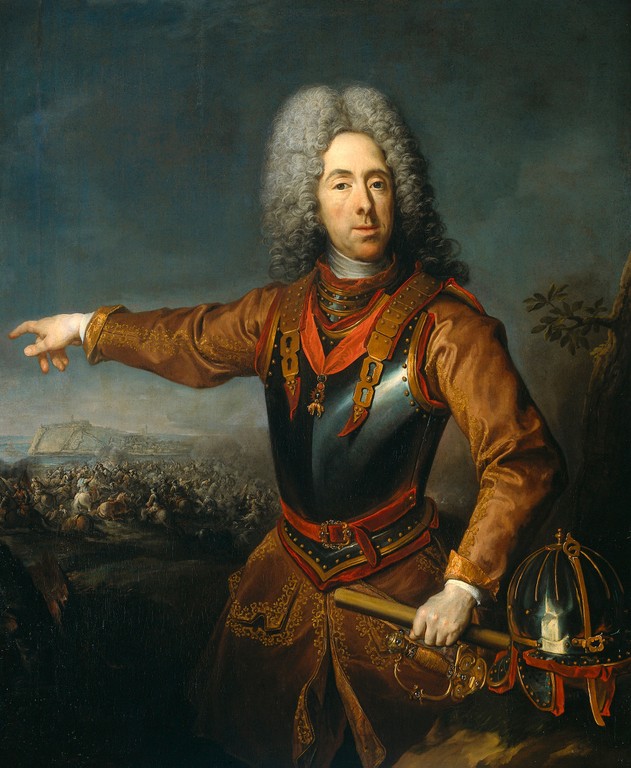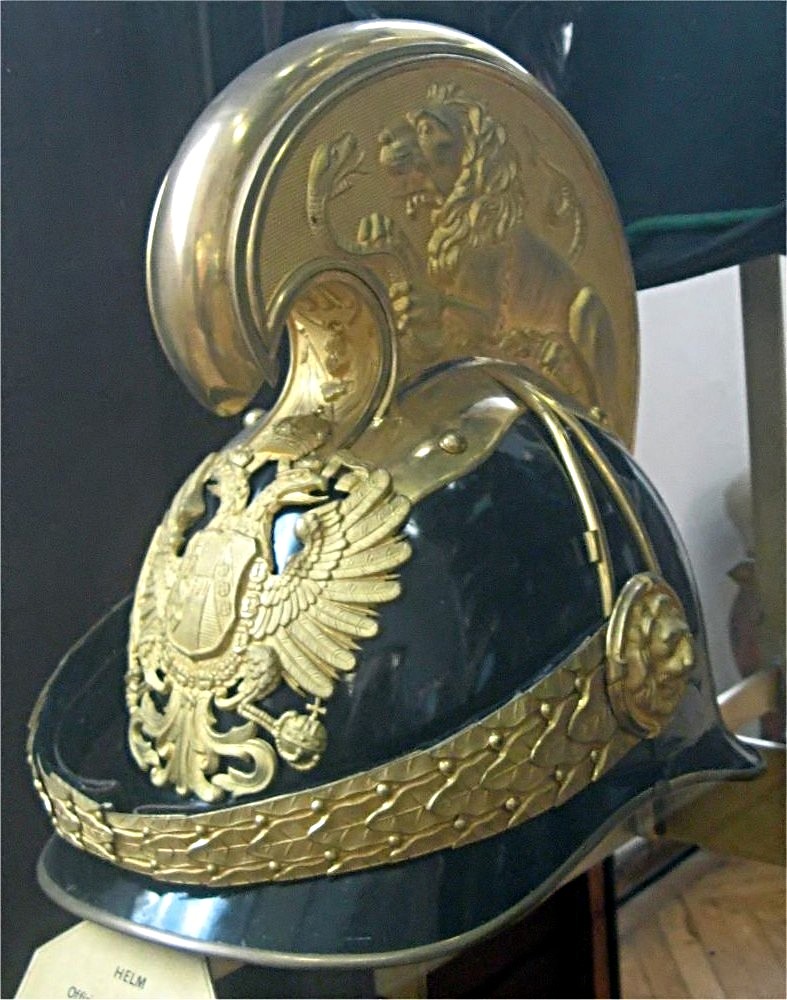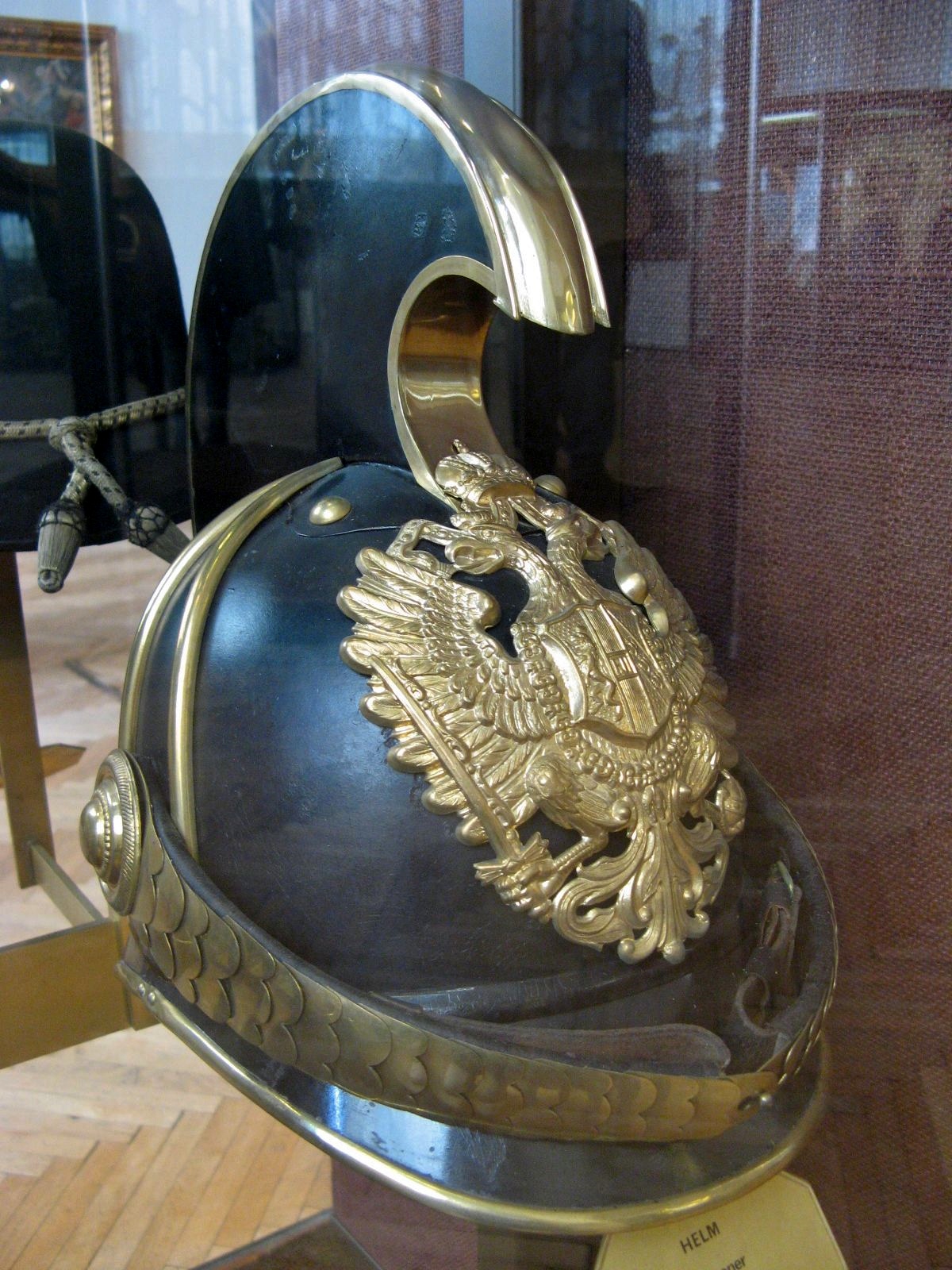Imperial and Royal Dragoons on:
[Wikipedia]
[Google]
[Amazon]
 Together with the
Together with the




 * 1st Bohemian Dragoons (Emperor Francis I’s Own) (''Böhmisches Dragoner-Regiment „Kaiser Franz I.“ Nr. 1'')
* 2nd Bohemian Dragoons (Count of Paar’s) (''Böhmisches Dragoner-Regiment „Graf Paar“ Nr. 2'')
* 3rd Lower Austrian Dragoons (Frederick Augustus King of Saxony's Own) (''Niederösterreichisches Dragoner-Regiment „Friedrich August König von Sachsen“ Nr. 3'')
*
* 1st Bohemian Dragoons (Emperor Francis I’s Own) (''Böhmisches Dragoner-Regiment „Kaiser Franz I.“ Nr. 1'')
* 2nd Bohemian Dragoons (Count of Paar’s) (''Böhmisches Dragoner-Regiment „Graf Paar“ Nr. 2'')
* 3rd Lower Austrian Dragoons (Frederick Augustus King of Saxony's Own) (''Niederösterreichisches Dragoner-Regiment „Friedrich August König von Sachsen“ Nr. 3'')
*
''The Austro-Hungarian Land Forces 1848-1918''
Homepage of the 7th Imperial and Royal Dragoons, Linz/DanubeHomepage of the 4th Dragoons ("Kaiser Ferdinand")Homepage of the Dragoon Museum in Wels
 Together with the
Together with the Hussars
A hussar ( , ; hu, huszár, pl, husarz, sh, husar / ) was a member of a class of light cavalry, originating in Central Europe during the 15th and 16th centuries. The title and distinctive dress of these horsemen were subsequently widely a ...
and Uhlans
Uhlans (; ; ; ; ) were a type of light cavalry, primarily armed with a lance. While first appearing in the cavalry of Lithuania and then Poland, Uhlans were quickly adopted by the mounted forces of other countries, including France, Russia, P ...
, the Imperial and Royal Dragoons (german: k.u.k. Dragoner) made up the cavalry of the Austro-Hungarian Army
The Austro-Hungarian Army (, literally "Ground Forces of the Austro-Hungarians"; , literally "Imperial and Royal Army") was the ground force of the Austro-Hungarian Dual Monarchy from 1867 to 1918. It was composed of three parts: the joint arm ...
from 1867 to 1914.
After 1867, Austria-Hungary
Austria-Hungary, often referred to as the Austro-Hungarian Empire,, the Dual Monarchy, or Austria, was a constitutional monarchy and great power in Central Europe between 1867 and 1918. It was formed with the Austro-Hungarian Compromise of ...
had ''de facto'' three armies at the same time. This unique situation arose because the monarchy had been weakened by the losing the war
War is an intense armed conflict between states, governments, societies, or paramilitary groups such as mercenaries, insurgents, and militias. It is generally characterized by extreme violence, destruction, and mortality, using regular o ...
against Prussia, and consequently had, in effect, to guarantee the autonomy of Kingdom of Hungary in the so-called Compromise of 15 March 1867. This led the Hungarian half of the Empire to immediately begin establishing its own army: the Royal Hungarian Honved (Hungarian: ''Magyar Királyi Honvédség''). In response, the Cisleithanian half of the Empire also began to build its own army, the Imperial-Royal Landwehr. These two new forces thus existed alongside the Common Army
The Common Army (german: Gemeinsame Armee, hu, Közös Hadsereg) as it was officially designated by the Imperial and Royal Military Administration, was the largest part of the Austro-Hungarian land forces from 1867 to 1914, the other two eleme ...
(''Gemeinsame Armee'') that represented the empire as a whole.
However, unlike the hussars and uhlans, there were no dragoon units in either of the two Landwehrs.
Organisation
The Common Army had 15 regiments of dragoons. By tradition, the dragoons recruited most of their troopers from the German- and Czech-speaking regions of the Empire. Theregiment
A regiment is a military unit. Its role and size varies markedly, depending on the country, service and/or a specialisation.
In Medieval Europe, the term "regiment" denoted any large body of front-line soldiers, recruited or conscript ...
s were all stationed in the Cisleithanian half of the Empire.
* The Imperial and Royal Cavalry Regiments were each made up of 2 divisions (battalion
A battalion is a military unit, typically consisting of 300 to 1,200 soldiers commanded by a lieutenant colonel, and subdivided into a number of companies (usually each commanded by a major or a captain). In some countries, battalions a ...
s) each of 3 squadrons (''Eskadronen'')
The Imperial and Royal Dragoons



 * 1st Bohemian Dragoons (Emperor Francis I’s Own) (''Böhmisches Dragoner-Regiment „Kaiser Franz I.“ Nr. 1'')
* 2nd Bohemian Dragoons (Count of Paar’s) (''Böhmisches Dragoner-Regiment „Graf Paar“ Nr. 2'')
* 3rd Lower Austrian Dragoons (Frederick Augustus King of Saxony's Own) (''Niederösterreichisches Dragoner-Regiment „Friedrich August König von Sachsen“ Nr. 3'')
*
* 1st Bohemian Dragoons (Emperor Francis I’s Own) (''Böhmisches Dragoner-Regiment „Kaiser Franz I.“ Nr. 1'')
* 2nd Bohemian Dragoons (Count of Paar’s) (''Böhmisches Dragoner-Regiment „Graf Paar“ Nr. 2'')
* 3rd Lower Austrian Dragoons (Frederick Augustus King of Saxony's Own) (''Niederösterreichisches Dragoner-Regiment „Friedrich August König von Sachsen“ Nr. 3'')
* 4th Upper Austrian and Salzburg Dragoons (Emperor Ferdinand's Own)
Fourth or the fourth may refer to:
* the ordinal form of the number 4
* ''Fourth'' (album), by Soft Machine, 1971
* Fourth (angle), an ancient astronomical subdivision
* Fourth (music), a musical interval
* ''The Fourth'' (1972 film), a Sovie ...
(''Oberösterreichisch-Salzburgisches Dragoner-Regiment „Kaiser Ferdinand I.“ Nr. 4'')
* 5th Styrian, Carinthian and Carniolan Dragoons (Nicholas I, Emperor of Russia's Own)
Fifth is the ordinal form of the number five.
Fifth or The Fifth may refer to:
* Fifth Amendment to the United States Constitution, as in the expression "pleading the Fifth"
* Fifth column, a political term
* Fifth disease, a contagious rash that ...
(''Steirisch-Kärntnerisch-Krainerisches Dragoner-Regiment „Nikolaus I. Kaiser von Rußland“ Nr. 5'')
* 6th Moravian Dragoons (Frederick Francis, Grand Duke of Mecklenburg-Schwerin's)
6 (six) is the natural number following 5 and preceding 7. It is a composite number and the smallest perfect number.
In mathematics
Six is the smallest positive integer which is neither a square number nor a prime number; it is the second small ...
(''Mährisches Dragoner-Regiment „Friedrich Franz IV. Großherzog von Mecklenburg-Schwerin“ Nr. 6'')
* 7th Bohemian Dragoons (Duke of Lorraine's) (''Böhmisches Dragoner-Regiment „Herzog von Lothringen“ Nr. 7'')
* 8th Bohemian Dragoons (Count Montecuccoli's) (''Böhmisches Dragoner-Regiment „Graf Montecuccoli“ Nr. 8'')
* 9th Galician and Bukovina Dragoons (Archduke Albert's) (''Galizisch-Bukowina'sches-Dragoner Regiment „Erzherzog Albrecht“ Nr. 9'')
* 10th Bohemian Dragoons (Prince of Liechtenstein's Own)
1 (one, unit, unity) is a number representing a single or the only entity. 1 is also a numerical digit and represents a single unit of counting or measurement. For example, a line segment of ''unit length'' is a line segment of length 1. I ...
(''Böhmisches Dragoner-Regiment „Fürst von Liechtenstein“ Nr. 10'')
* 11th Moravian Dragoons (Emperor's Own)
11 (eleven) is the natural number following 10 and preceding 12. It is the first repdigit. In English, it is the smallest positive integer whose name has three syllables.
Name
"Eleven" derives from the Old English ', which is first attested i ...
(''Mährisches Dragoner-Regiment „Kaiser“ Nr. 11'')
* 12th Bohemian Dragoons (Nicholas Nikolaevich, Grand Prince of Russia's) (''Böhmisches Dragoner-Regiment „Nikolaus Nikolajewitsch Großfürst von Rußland“ Nr. 12'')
* 13th Bohemian Dragoons (Eugen, Prince of Savoy's Own) (''Böhmisches Dragoner-Regiment „Eugen Prinz von Savoyen“ Nr. 13'')
* 14th Bohemian Dragoons (Prince of Windisch-Graetz's) (''Böhmisches Dragoner-Regiment „Fürst zu Windisch-Graetz“ Nr. 14'')
* 15th Lower Austria and Moravian Dragoons (Archduke Joseph's) (''Niederösterreich-Mährisches Dragoner-Regiment „Erzherzog Joseph“ Nr. 15'')
Sources
* k.u.k. Kriegsministerium „Dislokation and Einteilung of the k.u.k Heeres, der k.u.k. Kriegsmarine, der k.k. Landwehr and der k.u. Landwehr“ in: Seidels kleines Armeeschema - Herausg.: Seidel & Sohn, Vienna, 1914 * * k.u.k. Kriegsministerium „Adjustierungsvorschrift für the k.u.k. Heer, the k.k. Landwehr, the k.u. Landwehr, the verbundenen Einrichtungen and the Korps der Militärbeamten“, Vienna, 1911 * Glenn Jewison, Jörg C. Steiner''The Austro-Hungarian Land Forces 1848-1918''
Literature
* Johann C. Allmayer-Beck, Erich Lessing: ''The K.u.k. Armee. 1848-1918''. Verlag Bertelsmann, Munich, 1974, . * ''The k.u.k. Heer im Jahre 1895'' Schriften of the Heeresgeschichtlichen Museums in Wien -Leopold Stocker Verlag
Leopold may refer to:
People
* Leopold (given name)
* Leopold (surname)
Arts, entertainment, and media Fictional characters
* Leopold (''The Simpsons''), Superintendent Chalmers' assistant on ''The Simpsons''
* Leopold Bloom, the protagonist o ...
, Graz, 1997
* k.u.k. Kriegsministerium „Dislokation and Einteilung of the k.u.k Heeres, der k.u.k. Kriegsmarine, der k.k. Landwehr and der k.u. Landwehr“ in: Seidels kleines Armeeschema - Herausg.: Seidel & Sohn Vienna, 1914
External links
Homepage of the 7th Imperial and Royal Dragoons, Linz/Danube
{{Military of Austria-Hungary
Dragoons
Dragoons